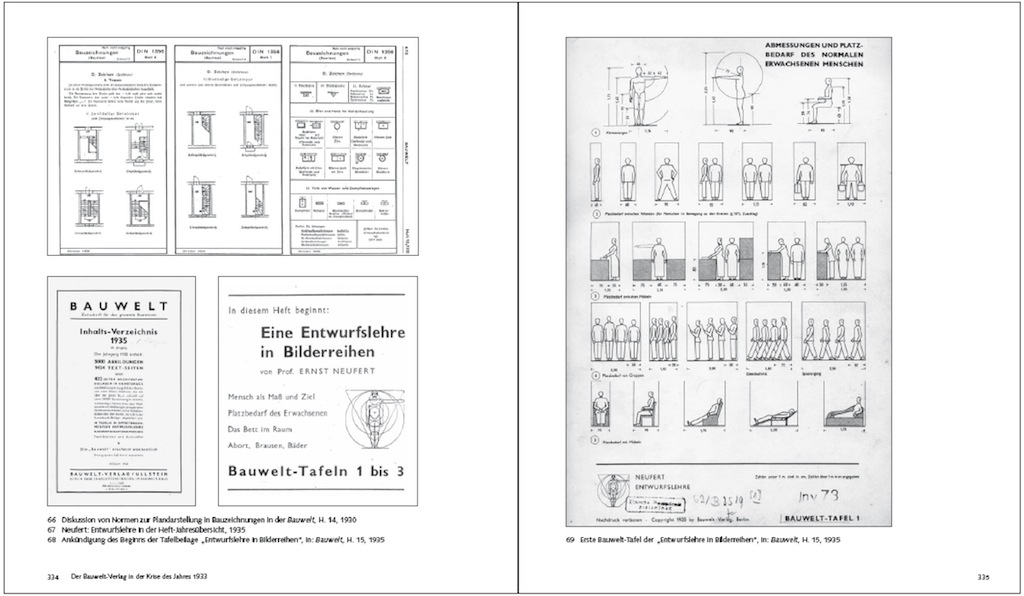

They had four children (Peter, Christa, Ingrid and Ilas). After 1921 he returned to the Bauhaus and became chief architect under Gropius in one of the most prominent architecture studios of the Weimar Republic. Neufert later became one of the first advocates of Gaudi in Germany. In Barcelona he met Antonio Gaudi, whose architecture made a deep impression on the young student. He finished his studies in 1920, and together with the expressionist architect Paul Linder (1897-1968) embarked on a year-long study tour of Spain, where he sketched medieval churches.Īt the age of 17, after five years of working as a bricklayer, Neufert entered the school of construction (Baugewerbeschule) in Weimar. His teacher recommended him to Walter Gropius in 1919 as one of his first students of the Bauhaus. He died in 1986 in his home in Bugneaux-sur-Rolle in Switzerland.Įrnst Neufert was a German architect who is known as an assistant of Walter Gropius, as a teacher and member of various standardization organizations, and especially for his essential handbook Architects" data.Įrnst Neufert was born in Freyburg an der Unstrut. In 1939 he was appointed by Albert Speer to work on the standardization of German industrial architecture.Īfter World World War II, Neufert was appointed professor at the Darmstadt University of Technology. New industrial commissions for his studio led to his decision to remain in Germany. But in New York he was notified of the enormous success of the first edition of his book and returned to Berlin to prepare the second edition In 1936 traveled to New York and Taliesin to visit Frank Lloyd Wright and gauge his prospects of finding work in the United States. He designed the private home of its director Doctor Kindt (with colour glass by Charles Crodel) and various housing, office, and factory buildings in Weißwasser, Tschernitz and Kamenz.Īt the same time he worked on his Architects" Data, which was published in March 1936 and which remains an essential reference work, having been translated into 18 languages. In 1934 he became the resident architect of Vereinigte Lausitzer Glaswerke (United Lusatia Glassworks). Very early Neufert recognized the possibilities for rationalization of building processes, but also the need for normative rules. In 1929 he built his private home in Gelmeroda, a village near Weimar (today the home of the Neufert Foundation and Neufert Box, a small museum with changing exhibitions).Īfter closure of the Bauhochschule by the Nazis, he moved to Berlin and worked in a private school for art and architecture founded by Johannes Itten, which was forced to close as well in 1934. In 1925 Neufert worked in close collaboration with Gropius on the realization of the new Bauhaus buildings in Dessau and the completion of the masters" houses for Muche, Klee, and Wassily Kandinsky.įrom 1928 to 1930 he realized various projects, such as the Mensa am Philosophenweg and the Abbeanum in Jena.

Neufert later became one of the first advocates of Gaudi in Germany.Īfter 1921 he returned to the Bauhaus and became chief architect under Gropius in one of the most prominent architecture studios of the Weimar Republic. At the age of 17, after five years of working as a bricklayer, Neufert entered the school of construction (Baugewerbeschule) in Weimar.


 0 kommentar(er)
0 kommentar(er)
